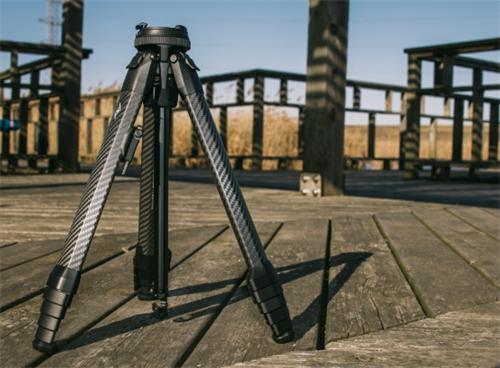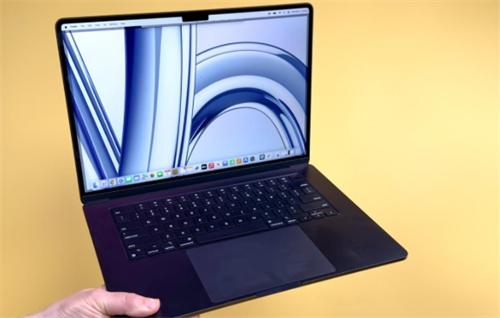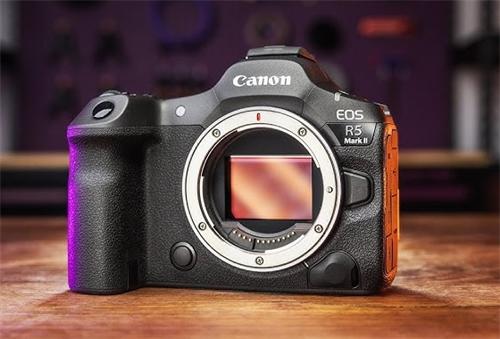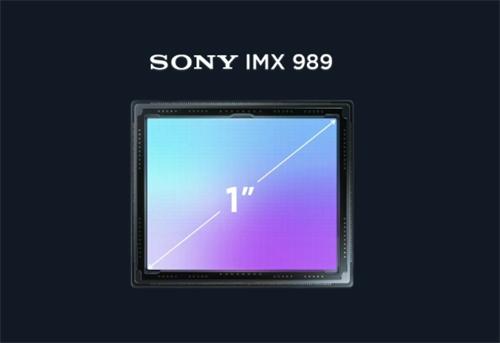Tripod Buying Guide: Aluminum or Carbon Fiber?

When it comes to photography gear, beginners often underestimate the importance of a tripod. More than just a tool to stabilize your camera, a tripod is a key accessory that can significantly improve image quality. With countless tripod options available on the market, material choice is often the first dilemma photographers face.
Material Comparison: Performance and Characteristics
Aluminum tripods are the most common type on the market, offering three main advantages: affordability, durability, and solid stability. A high-quality aluminum tripod is usually made from aerospace-grade aluminum-magnesium alloy, which balances strength with manageable weight. This type is especially suitable for photographers on a tight budget or those who mainly shoot indoors or in fixed locations. Another benefit of aluminum is its high impact resistance—it may dent when bumped, but unlike carbon fiber, it’s less likely to crack.
Carbon fiber tripods, on the other hand, are the go-to choice for professional photographers. Their standout features include lightweight construction and high strength. Carbon fiber has only two-thirds the density of aluminum but several times the strength. This means carbon fiber tripods can be made lighter while supporting the same weight. For landscape photographers who trek long distances, every gram saved counts. Carbon fiber also offers excellent vibration damping, making it ideal for long-exposure shots where stability is critical.
Practical Use Cases
Outdoor landscape photography demands the most from a tripod. Photographers often carry their gear for hours, and the lighter weight of carbon fiber makes a significant difference. I've taken a carbon fiber tripod on mountain hikes, and the weight savings made the journey noticeably easier. Its vibration absorption also helps stabilize shots in windy, unpredictable environments.
While aluminum tripods are heavier, they’re still manageable in city environments and are more budget-friendly. If your budget allows, a carbon fiber model will offer a better overall experience. Some modern tripods even combine carbon fiber and aluminum materials to reduce cost while keeping weight down—an excellent compromise.
Studio and portrait photography typically places less emphasis on tripod weight and more on stability. In this setting, aluminum tripods offer better value for money. Their heavier build actually becomes an advantage, increasing overall stability—particularly useful when using heavy cameras and telephoto lenses.
Buying Advice and Considerations
If your budget permits, carbon fiber tripods are the superior choice. Look for the following specifications: leg tube diameter of at least 28mm, 3 to 4 leg sections, and a load capacity at least twice the weight of your gear. Trusted brands like Gitzo, Manfrotto, and Really Right Stuff (RRS) offer premium carbon fiber models—more expensive, but they often last over a decade.
If you're on a tighter budget, there are plenty of excellent aluminum tripods available. Opt for tripods with twist-lock legs, as they typically provide more secure and stable locking compared to flip-lock designs.
Regardless of the material, pay close attention to the quality of the tripod head.Ball heads are easy to use and suitable for most shooting scenarios, while 3-way pan-tilt heads are better for precise positioning in professional setups.
Maintenance and Usage Tips
Although carbon fiber tripods offer top-tier performance, they require more careful maintenance. Avoid hard impacts, clean them promptly after use—especially after beach shoots where salt can cause corrosion. Aluminum tripods are more rugged, but it’s still important to regularly lubricate the joints.
To boost stability during outdoor shoots, hang a weight—such as your camera bag—from the center hook, and lower the tripod's height in windy conditions to minimize vibrations and camera shake.
Conclusion
Professional landscape photographers may prefer the light weight and high performance of carbon fiber. Budget-conscious hobbyists can start with a well-built aluminum tripod. Studio photographers may prioritize the solid and economical choice of aluminum.
Recommended for you:








